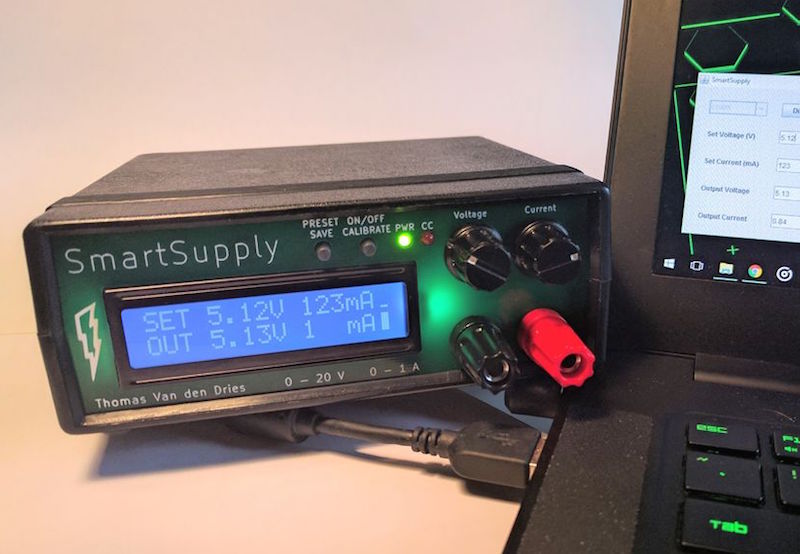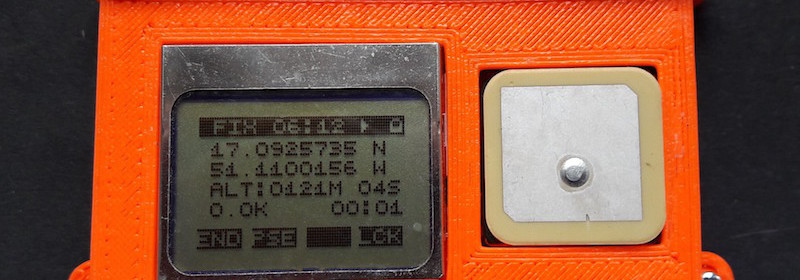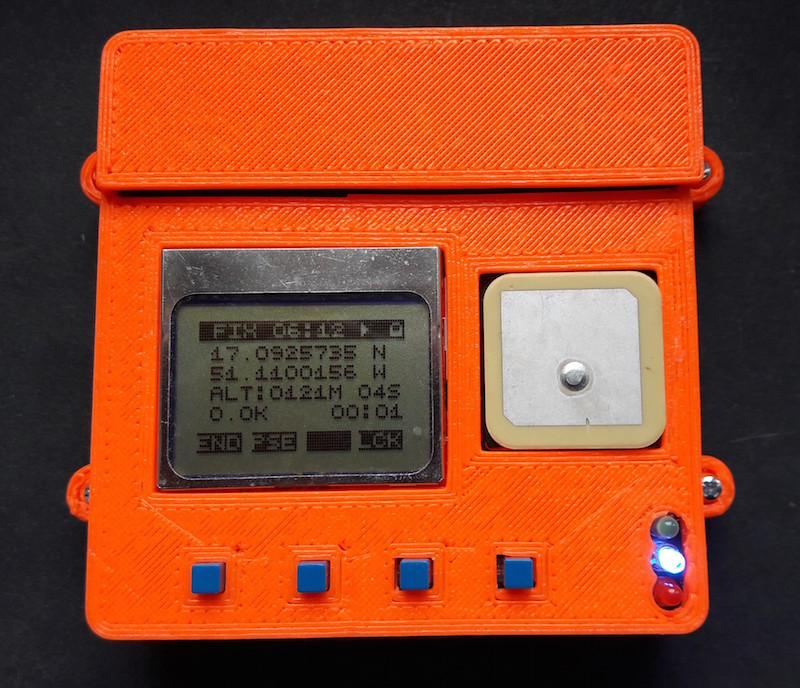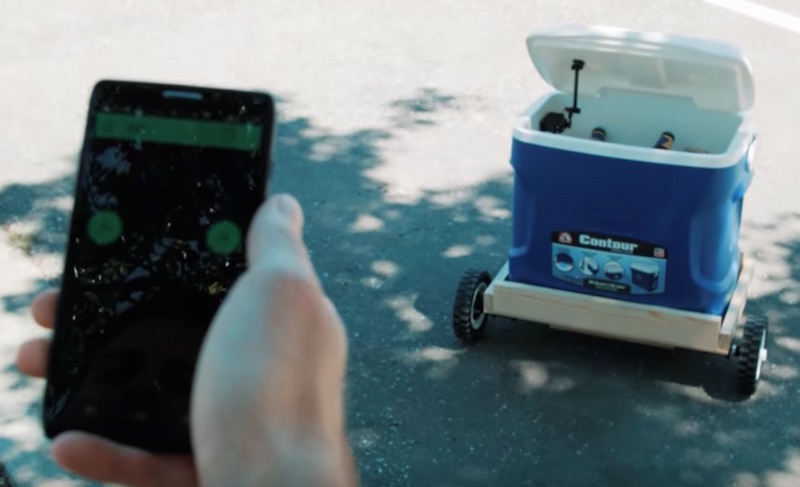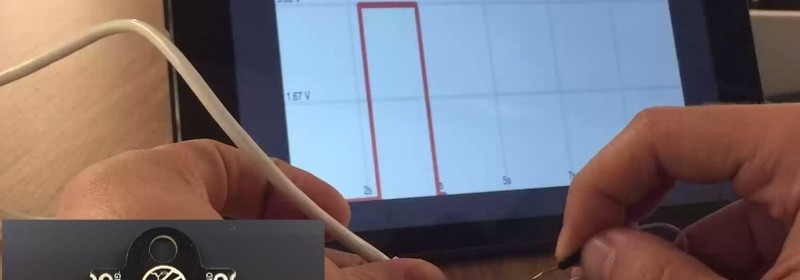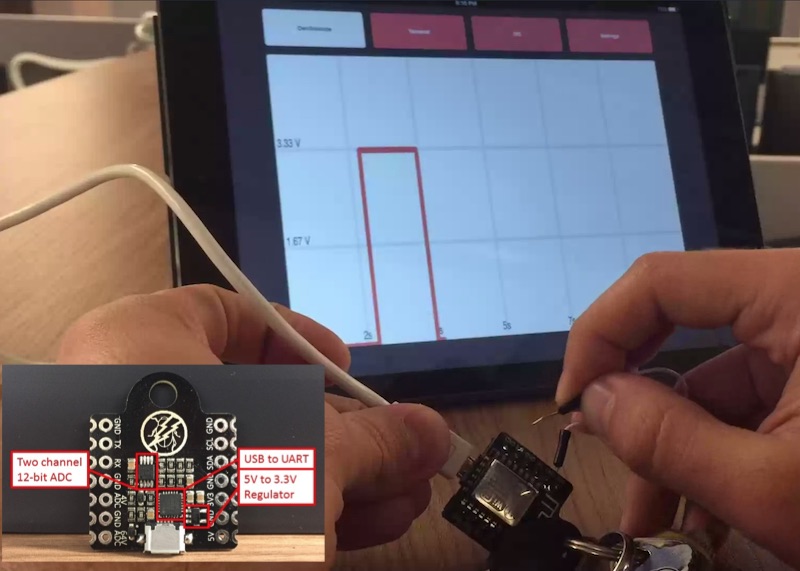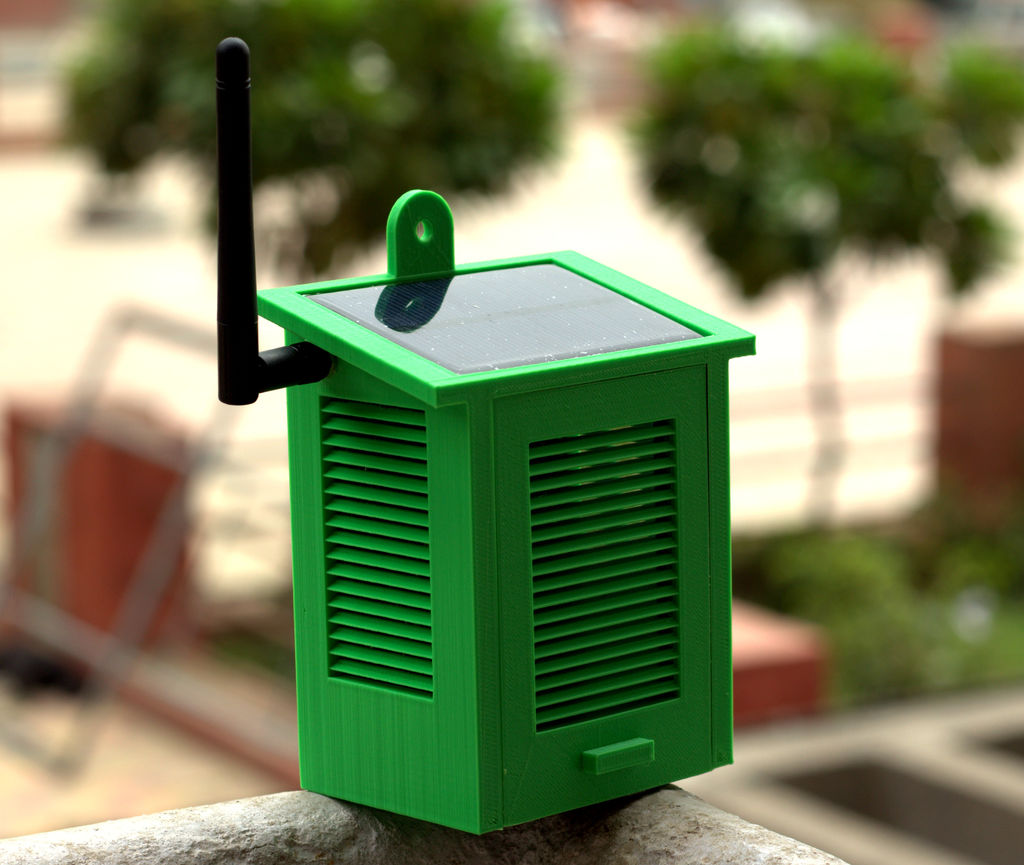Portable power supply with built-in batteries
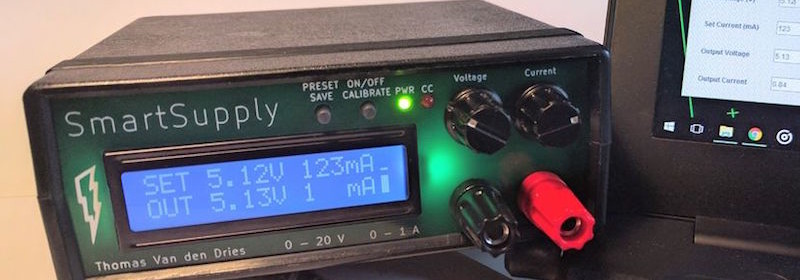
Most of the bench power supplies we use derive power from the main AC supply. ThomasVDD presents his Arduino-controlled smart power supply with built-in battery backup so that you can use it anywhere without an AC outlet. It not only delivers precise output, but is also controllable via PC over an USB port.
Key Features
- Constant voltage and constant current modes
- Uses a low noise linear regulator, preceded by a tracking preregulator to minimize power dissipation
- Use of handsolderable components to keep the project accessible
- Powered by ATMEGA328P, programmed with Arduino IDE
- PC communication via Java application over micro USB
- Powered by 2 protected 18650 Lithium Ion cells
- 18 mm spaced banana plugs for compatibility with BNC adapters
